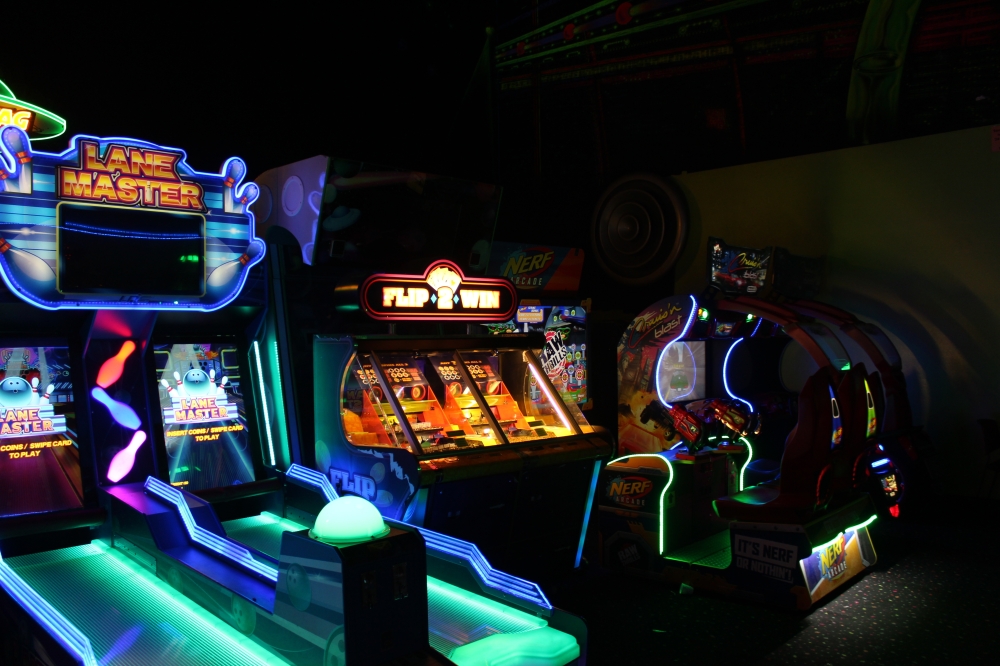Entertainment
Blazer Tag Adventure Center offers nostalgic entertainment in South Austin

Meet the owners
Thomas and Diana Maione opened Blazer Tag in 1999 in what was previously the Southwood Theatre. They would visit Laser Quest, an old laser tag arena in the now-renovated Highland Mall, and believed they could replicate the concept in South Austin.
Today, Blazer Tag is owned by Govind, the business’s president, and Ramirez, the general manager. Ramirez has been working at Blazer Tag since he was 16 years old and had long before spent his time playing games in the arcade
“I would cut yards and raise money,” Ramirez said. “I lived right down the street, and then once I raised, you know, about $40, I’d have my grandpa drive me here, and play laser tag and arcades and all that. So I was a fan before I was actually a worker.”
Govind has a corporate background and said her family was looking to acquire a business. As someone with two teenagers, she liked Blazer Tag and thought it was a great place for families to connect, especially in the age of phones and social media.
“[Blazer Tag] is for all ages,” Govind said. “Teenagers, adults, anybody who wants to spend some time together—they can come here and have fun. Especially families like mine trying to get the children out of their rooms, [saying], ‘Come, let’s go spend some time together,’ this is wonderful for them.”
What they offer
Blazer Tag has over 50 arcade games ranging from classics, such as Tetris and Crazy Taxi, to modern favorites, such as NBA Hoops and Harpoon Lagoon. The laser tag arena is three stories with towers and ramps, and is available to reserve for solo or multiplayer games as well as birthday parties, corporate events, field trips and more.
Blazer Tag also has a kitchen and bar offering pizza, burgers, wings, snacks, beer, wine, seltzers and fountain drinks.
While Govind and Ramirez aim to improve and modernize the 25-year-old business, they hope to keep some of its charm through features such as still using tokens instead of reloadable cards.
Sticking to tradition has its challenges, including finding parts to repair old-school games, Ramirez said, but they have processes in place to ensure they can continue offering a familiar experience.
“We’ll continue to be this type of nostalgic type of experience as long as there are parts to fix things, basically everything that we need,” Ramirez said. “As long as it’s not obsolete, we’ll continue this route.”










